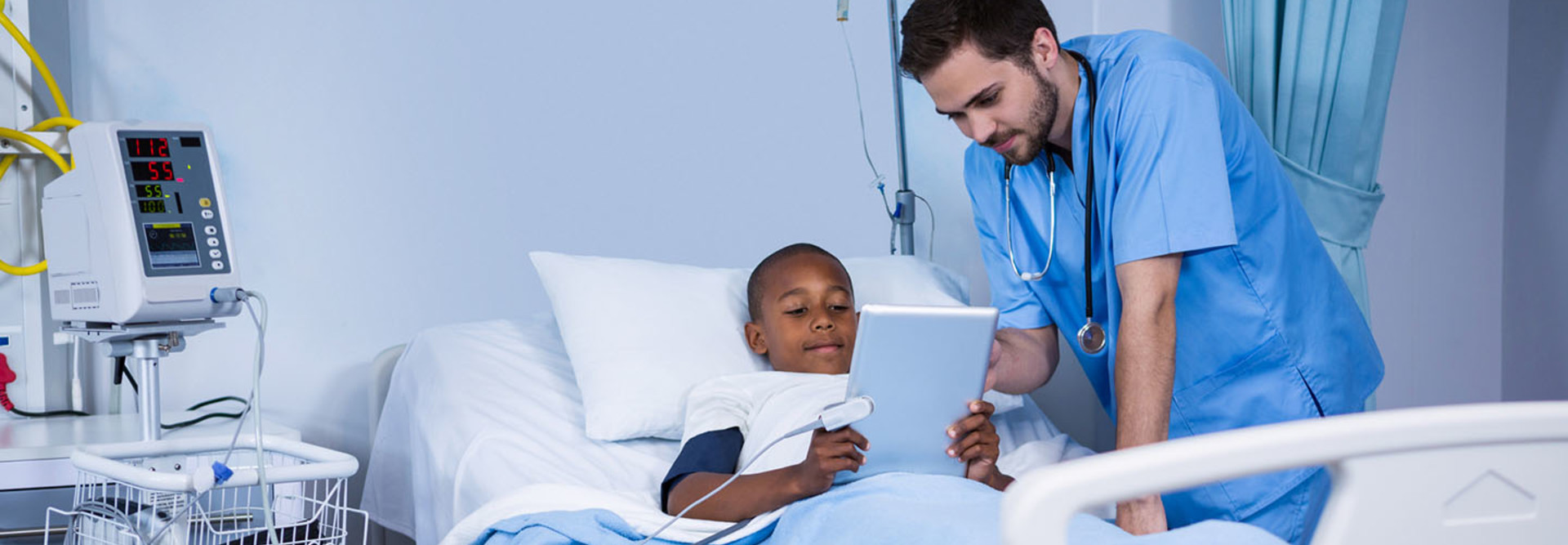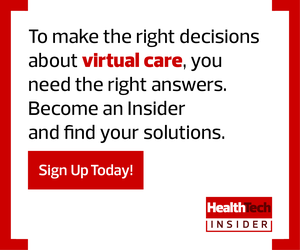Last summer in this space, I wrote about the potential impact of drone use in healthcare. In particular, the technology seems to hold much promise for improving public health, especially via delivery of medical supplies to first responders in emergency and disaster scenarios.
Since this week is National Public Health Week, I thought it would be a good time to take a look at how different technologies are helping to positively impact the public health landscape.
MORE FROM HEALTHTECH: These five trends will drive disruption in health IT this year.
The Ubiquity of Mobile Devices Means Increased Access to Information
According to the Pew Research Center, 95 percent of Americans own a cellphone of some kind. Of those people, 77 percent own a smartphone.
Increased ownership of these tools means that a majority of the country potentially has round-the-clock access to mobile applications to provide users need-to-know information at their fingertips. And public health entities are taking advantage.
Recently, for instance, the state of Delaware launched its free OpiRescue Delaware app for iOS and Android, which shows people what actions they need to take in the event of an opioid overdose. The app also shows individuals how to recognize an overdose and where to buy naloxone locally to reverse such an event. What’s more, the app gives users the option of anonymously reporting a rescue to the state. As the opioid public health emergency heads into year two, the use of such tools will only continue to expand.
Similarly, the text4baby app provides free text messages three times per week to pregnant women and new moms. The messages include information such as nutrition and sleep tips, doctor’s appointment reminders, car seat safety advice and urgent health alerts. Studies have shown the app to be an effective tool for preparing users for the challenges of motherhood.
MORE FROM HEALTHTECH: See how digital health tools can pave the way to better outcomes.
Telehealth Serves as a Teaching Tool for Providers
Telehealth setups have also been instrumental during the opioid crisis and for perinatal care. In Minnesota, for instance, Project ECHO (Extension for Community Healthcare Outcomes) is helping to train providers at pilot sites on best practices in addressing opioid use disorder in family practice settings, the state’s department of health announced last week.
“The collaboration of these pilot sites with their communities has helped facilitate a comprehensive network of stigma-free patient care,” Dr. Heather Bell of CHI St. Gabriel’s Family Medical Center in Little Falls, Minn., said in a statement. CHI St. Gabriel’s estimates that it has reduced patient pill use by 724,000 pills per year.
Meanwhile, in New York, Gov. Andrew Cuomo announced in February that the state department of health will embark on a telehealth initiative to boost access to care for new and expectant mothers, “including specialists for high-risk pregnant and post-partum patients in rural New York.” The effort will include creation of a pilot project to establish a Project ECHO training setup for rural doctors, and will make $5 million available to providers to help expand their telehealth capabilities.
HIEs Provide a Foundation for Disaster Care
We also shouldn’t overlook the role technology can play during natural disasters. In particular, a web application known as PULSE (Patient Unified Lookup System for Emergencies) connects to current health information exchanges and enables disaster healthcare volunteers to retrieve health information for victims and evacuees. The tool was created through collaboration by a number of entities, including the Office of the National Coordinator for Health IT and the California Emergency Medical Services Authority.
At HIMSS19 in February, speakers from Cal EMSA and the Sequoia Project talked in detail about how PULSE has been deployed to find information on individuals impacted by wildfires in California.
In an interview with HealthTech, Great Lakes Health Connect Executive Director Doug Dietzman shared his thoughts on the importance of HIEs in crisis scenarios.
“The use of HIEs should really be baked into emergency plans,” he said. “We plan stockpiling beds, medications, gauze, but we often don’t think ahead when preparing for emergencies about the need to stockpile data.”
As technology evolves, its role in public health — from crises and disasters to population health and wellness — no doubt will expand as well. I look forward to seeing how new and innovative tools will continue to improve the public health narrative.
This article is part of HealthTech’s MonITor blog series. Please join the discussion on Twitter by using #WellnessIT.













